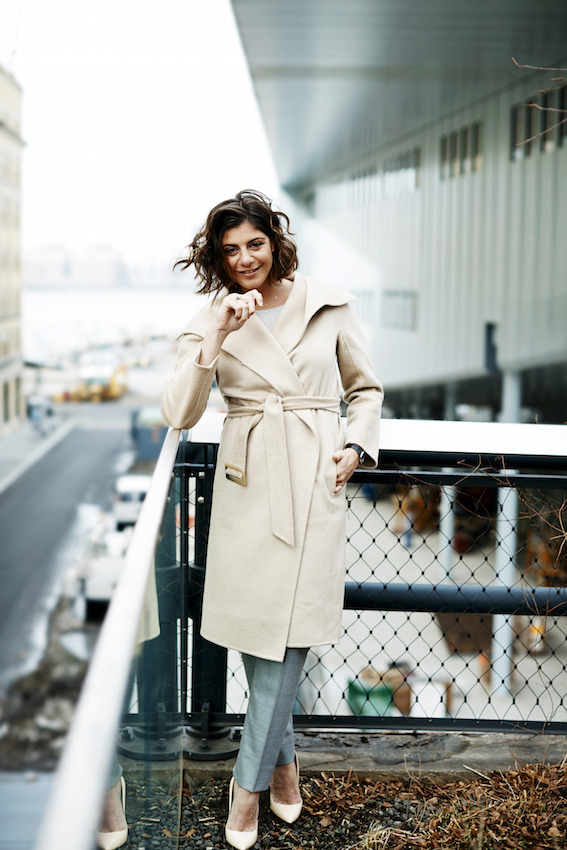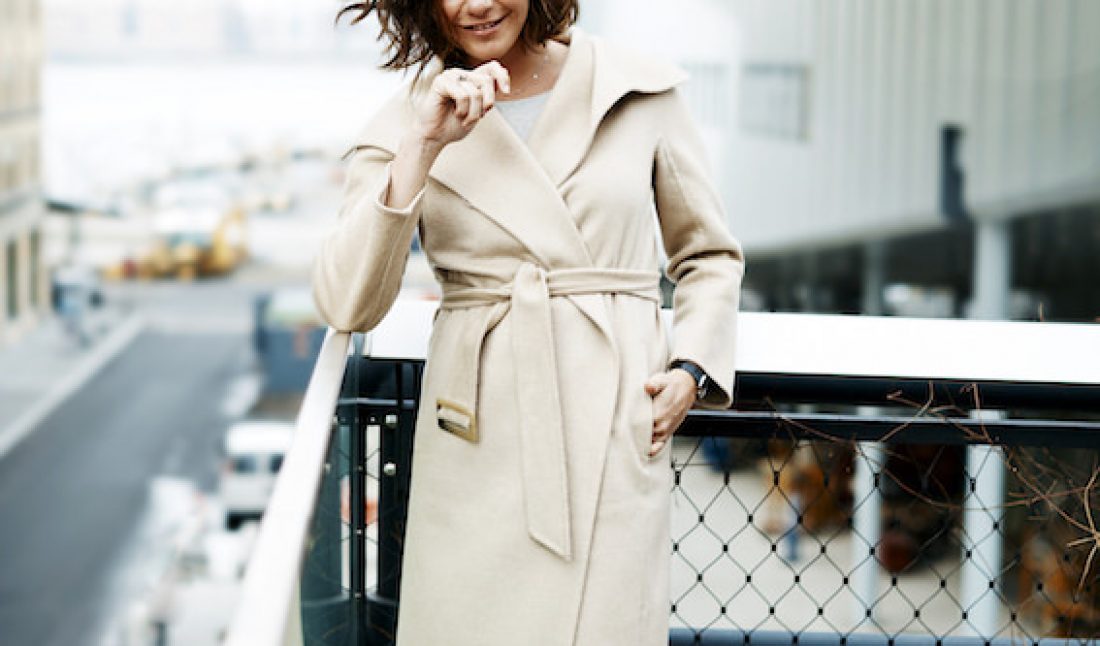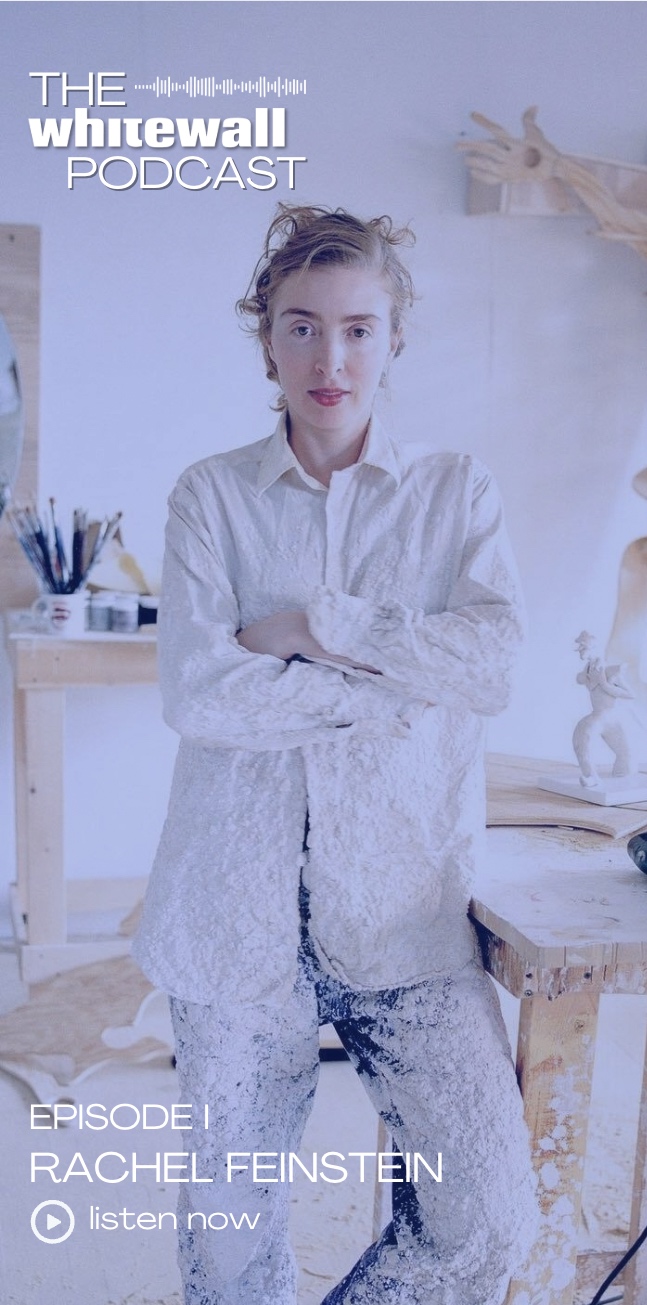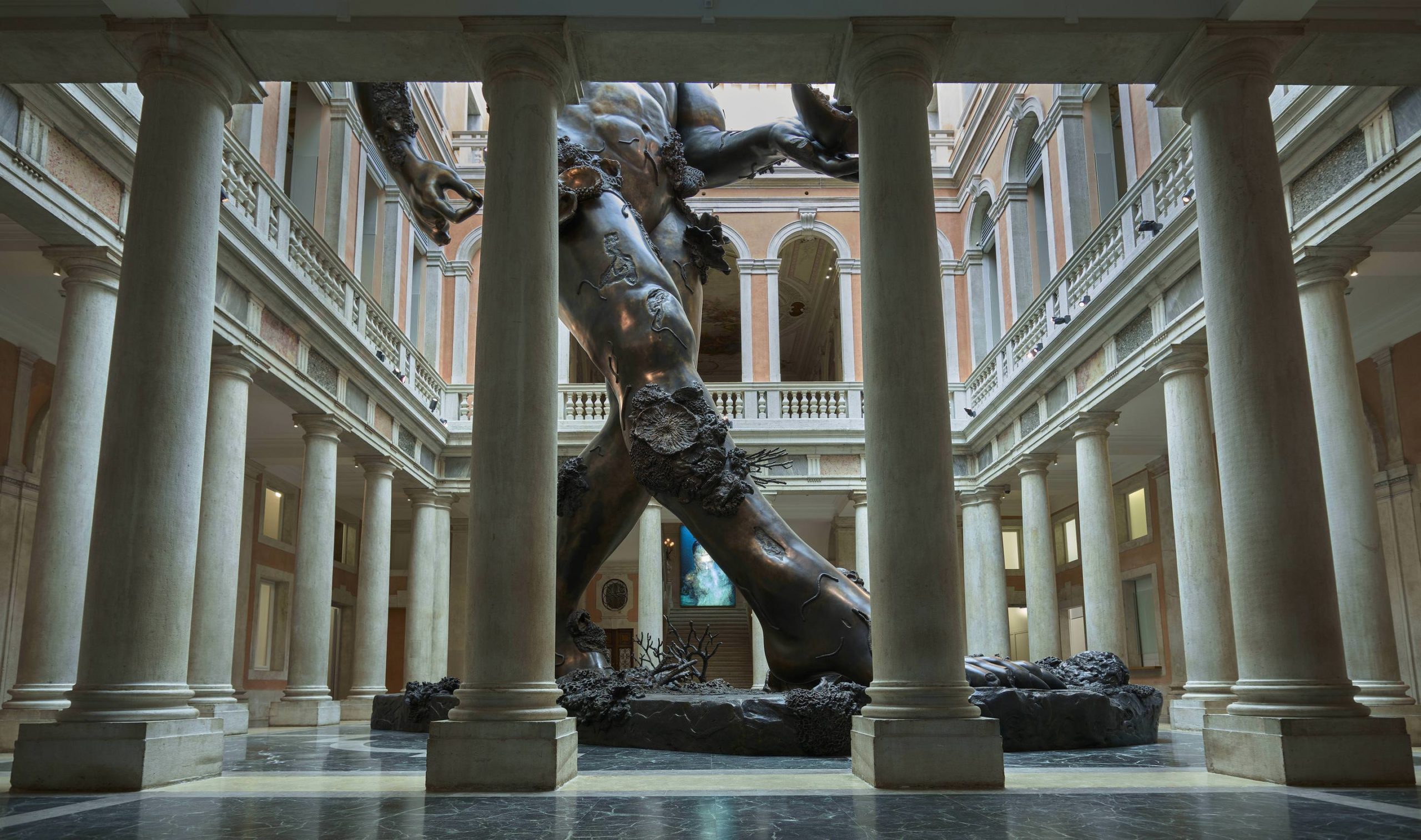The Collezione Maramotti, the Reggio Emilia, Italy, space housing the private collection of the Maramotti family, opened to visitors in 2007. But Achille Maramotti, the founder of Max Mara, began collecting in the seventies. The result is a group of over 200 works in painting, sculpture, and installation that date from 1945 until today. The focus ranges from Italian to international artists and movements: Abstract Expressionism, arte povera, the “Roman school” of Pop art, Italian Neo-expressionism, and New Geometry. Exhibitions by the likes of Enrico David, Jeannette Montgomery Barron, Mark Manders, Jules de Balincourt, Massimo Antonaci, Huma Bhabha, Malick Sidibé, Jacob Kassay, and more have been staged in just the past few years.
The Collezione is also one of the players behind the ongoing and totally singular Max Mara Art Prize for Women, a biannual award given in collaboration with Whitechapel Gallery for emerging female artists. Past recipients include Margaret Salmon, Hannah Rickards, Laure Prouvost, Andrea Büttner, and Corin Sworn, who have participated in a six-month residency resulting in an exhibition at both the Collezione and Whitechapel.
 Courtesy Max Mara
Courtesy Max Mara
To learn more about the Maramotti family’s history of collecting and the Collezione, we spoke with Maria Giulia Maramotti, a third-generation Maramotti and Max Mara’s U.S. retail director.
WHITEWALL: Achille Maramotti, your grandfather, started the Maramotti art collection decades ago. So you’ve grown up in a family not only with such a rich history in fashion, but a rich history in collecting and engaging with contemporary art. Early on, what was your understanding of the Maramotti art collection?
 Courtesy Collezione Maramotti, Reggio Emilia
Courtesy Collezione Maramotti, Reggio Emilia
MARIA GIULIA MARAMOTTI: My grandfather started the collection in the beginning of the seventies, so truthfully, yes, art was always something that was a part of my upbringing. Not only was it present in my grandparent’s house, it was also in my house. So definitely the concepts of contemporary art were something that we grew up with.
My grandfather really collected art out of curiosity. He liked fashion. He knew artists. He liked to hang out with them. He wanted to know the top creative people. And that’s how he became interested. I think that the greatest thing is that he passed down to me and my cousins his interaction with art, and the idea of art being something that you like and you collect out of passion, not an investment.
 Courtesy Collezione Maramotti, Reggio Emilia
Courtesy Collezione Maramotti, Reggio Emilia
WW: Your grandfather had wanted to display the art collection from early on, and up until 2000 it was shown at the building headquarters of Max Mara. In what way, if any, do you think the art inspired any of the fashion design taking place there?
MGM: I think it was definitely inspiring, having art on the walls. If you come to the new Max Mara building, we still have contemporary art hanging on the walls. I think that definitely affects the creative process, and it created an environment where people who worked in Max Mara knew about art. It was not only about fashion, but about research, learning, going to museums. In a way, that’s the most interesting aspect of having art hanging on the walls in Max Mara, to give designers constant inspiration, investing in themselves creatively, if you will.
 Courtesy Collezione Maramotti, Reggio Emilia
Courtesy Collezione Maramotti, Reggio Emilia
WW: So how do you see that continuing now, now that there’s more of an official space for the collection? How do you see that tradition continuing?
MGM: It is very organic, what happens within the collection. Now my uncles and my mom are very much involved with the collection, searching for new contemporary artists. Living in New York, obviously, for me is a great opportunity; it’s considered the center of today’s contemporary art world. So I have opportunities to be exposed to new emerging artists, studio visits, getting to know about what is going on. It opens the conversation with my family. I might send an email about a studio visit with an artist I found interesting, and it opens a conversation. I think that’s what we want to maintain to keep growing our collection. That was the idea of my grandfather, to collect items that made sense within his taste, and at the end of the day, that is my taste or our taste, and what we find interesting. I think with the collection it’s important for us to show young artists that are not necessarily well known, who we find interesting, and it gives opportunity to be exposed.
 Courtesy Collezione Maramotti, Reggio Emilia
Courtesy Collezione Maramotti, Reggio Emilia
WW: Which kind of leads us to our next question, about the Max Mara Art Prize for Women, which specifically is for younger female artists. It’s really a unique prize, giving women the opportunity to have a six-month residency and create a project to be shown at both Whitechapel in London and at the Maramotti Collezione. What are your thoughts on the initiative?
MGM: Well, first of all, the idea of it as a prize only for woman was born from the fact that at Max Mara we are a brand dedicated to women and to the idea of embracing and empowering women. So it was very natural process for us to think about giving this kind of opportunity to a female artist. The art scene for a female artist is still a little more complicated than for a male artist. So the idea is to give them an international platform, not only for exposure, but to also give them the time to be fully dedicated to a project and their work. It’s not necessarily that simple to be a female artist. For instance, she might also be a mother, and the amount of time you have to dedicate to your child can make things a bit more challenging for a woman artist than for a man. The six-month residency is a way of nurturing their own creative agenda. At the end of the day, this is the role I think you have play as someone who loves art.
 Courtesy Collezione Maramotti, Reggio Emilia
Courtesy Collezione Maramotti, Reggio Emilia
WW: Some fashion houses directly collaborate with contemporary artists, or display their work in their showrooms. But with the Collezione, there seems to be a clear separation of art collection and fashion collection.
MGM: I think that has always set us apart form different fashion brands. It’s a little bit trendy for a fashion company to interact with the art world. I’m a little bit of a purist in that those two things must be separate. This being said, we do collaborate with the Whitney Museum of American Art and we are involved with young artists through the Max Mara Art Prize for Women. We do that all through Max Mara, but with Max Mara as a brand that’s invested in education and culture and art and as a brand that would like to be a platform to promote art, not necessarily mixing art within fashion design. I think that is something we would never do.
 Courtesy Collezione Maramotti, Reggio Emilia
Courtesy Collezione Maramotti, Reggio Emilia
This article is published in Whitewall‘s winter 2016 Lifestyle issue, out now.
 Courtesy Collezione Maramotti, Reggio Emilia
Courtesy Collezione Maramotti, Reggio Emilia












